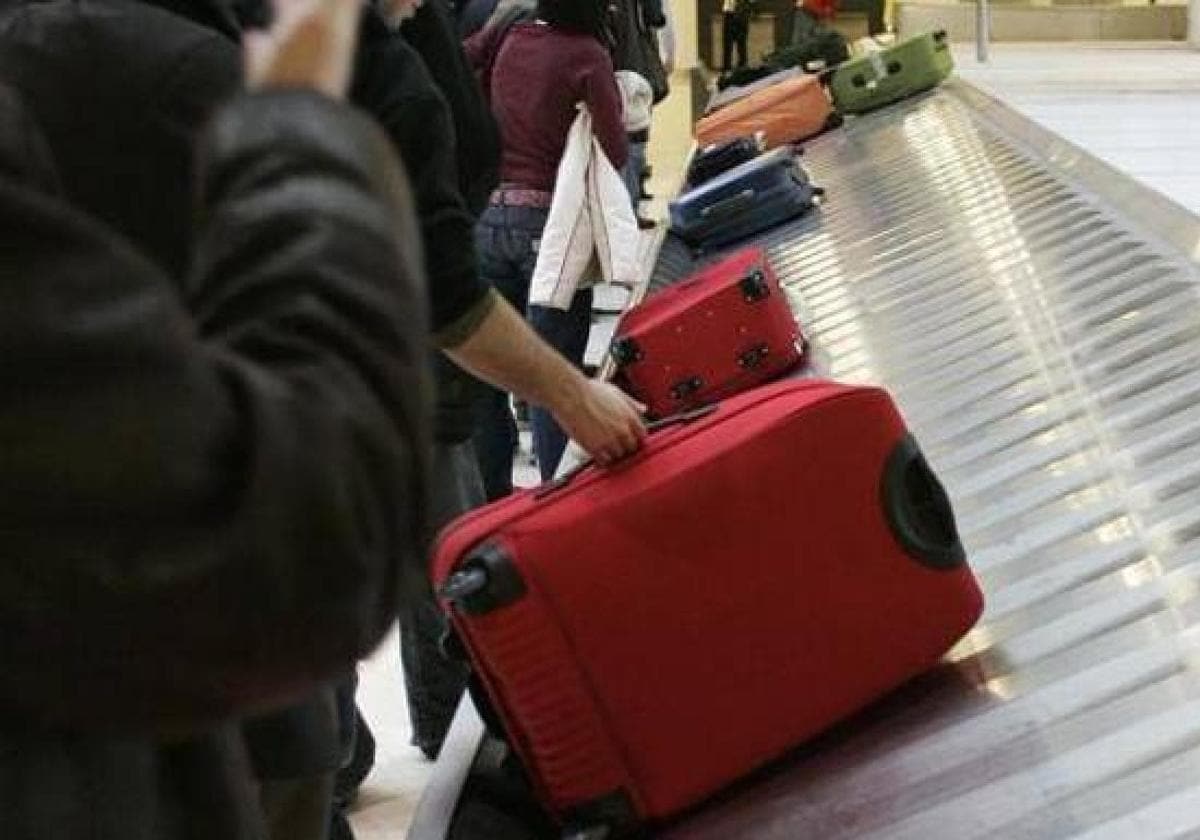The chaos of hand luggage on flights: why does each airline have its own size rules and prices?
The tension is palpable as boarding time approaches: will they look hard at my hand luggage? Will they relegate it to the hold? Will they charge me? Yet every time we travel with the same bag...
It's one of the main bugbears when it comes to travelling by plane. The tension is palpable as boarding time approaches: will they look hard at my hand luggage? Will they relegate it to the hold? Will they charge me? Yet every time we travel with the same bag. However, the fact is that the same piece of luggage may or may not pass the airline's checks because the airlines can regulate this aspect of air travel at will and there will be variations from one carrier to the next. It is a real mess for the traveller and we've all seen passengers forcing their bags to fit in the luggage-checker trolley at the boarding gate, or even deciding to damage the case to avoid paying the corresponding fee, as Daniel Gálvez from Malaga did, removing the wheels from his case in a recent video that went viral.
Related news
Just in case
But why is this service so unregulated? The answer is clear: because there are no European rules to regulate it, thereby allowing airlines to set their own rules. This is despite the fact that some of the main European institutions have already pushed for the creation of such a rule on hand luggage. This was done by the European Parliament itself in a resolution that was unanimously approved calling on the European Commission and member states to set agreed measurements and weights for suitcases. MEPs also called for consistent standards and pricing for hand luggage. The lack of common rules on cabin baggage allowances "leads to hidden charges and makes it difficult to compare prices when buying airline tickets", as quoted in the resolution. In addition, reference is made to a ruling by the EU Court of Justice which ruled that airlines should not charge a supplement for cabin baggage, provided it meets "reasonable requirements in terms of weight and dimensions, and complies with the applicable security requirements". In that sense, several courts have ruled in favour of consumers for abusive charging of fees by airlines for hand luggage, such as the one that forced Ryanair to refund the 20 euros it had charged a passenger.
But the reality is very different and nowadays the fares, measurements and penalties for carrying hand luggage differ randomly from one airline to another. Let's not forget that this is luggage that should be free of charge. The Air Navigation Act itself provides for this: it states that the carriage of such baggage is included free of charge in the price of the ticket. The problem is that each airline sets the weight and volume of these hand luggage items, which gives rise to a disparity of criteria. The recommendation of the International Air Transport Association (IATA) is valid here, recommending that hand luggage should not exceed 55 x 35 x 20 cm, including wheels, handles and pockets. However, some airlines set the maximum weight at 10 kilos, others at 12kg and others at 8kg.
Spain's OCU organisation of consumers and users (OCU) carried out an investigation to determine how much luggage could be carried into the cabin when on any of the budget tickets on the market and concluded that 70% of the airlines "allow two pieces of hand luggage in the cabin: a small suitcase with the dimensions 55x35x20cm and a personal accessory such as a handbag or briefcase." But there are at least six airlines out of the 23 checked that only allow one piece of hand luggage onboard and, on top of that, the case is smaller than the standard dimensions previously cited. According to the OCU study they are easyJet, Eurowings, Norwegian, Ryanair, Vueling and Wizz Air. It makes a nonsense of flying.



